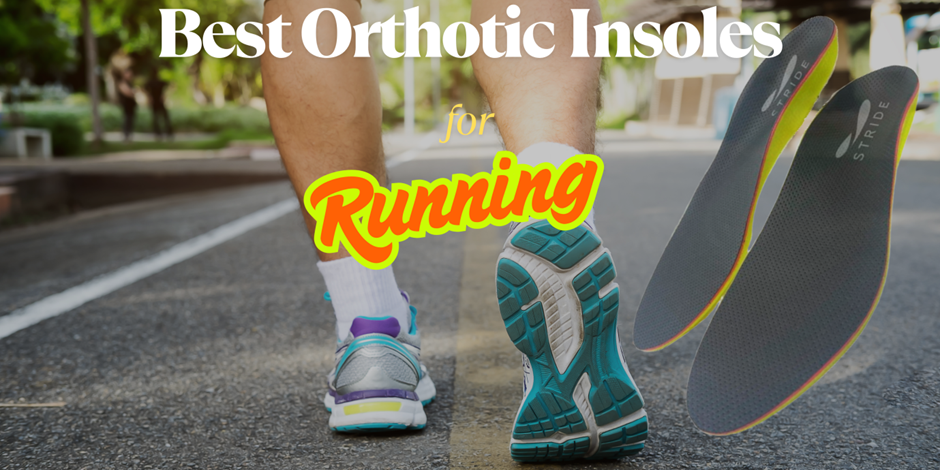Do orthotics help plantar fasciitis
Custom Orthotics for plantar fasciitis, as well as insoles, help maintain the natural curve of your arch, ensuring that the plantar fascia isn’t overstretched. This reduces strain and allows the tissue to heal over time. However, it's important to note that orthotics should be combined with other treatments to experience a full recovery.
How They Work?
Designed to support your feet in all the right places, orthotics can make daily movements less painful. Here’s how orthotics help:
-
Pain Relief and Reduced Inflammation: Orthotics provide targeted cushioning for the heel and arch and reduce pressure on the inflamed plantar fascia.
-
Foot Stability: Poor foot alignment can worsen plantar fasciitis and lead to other issues like knee or back pain. To put it plainly, orthotics improve gait mechanics and support natural movements.
-
Prevention of Recurrence Through Proper Support: With consistent use, orthotics provide long-term support for your arch and heel, preventing excessive strain and reducing the likelihood of plantar fasciitis returning.
A study published in The Journal of the American Medical Association found that foot orthoses provide modest short-term improvements in function and may slightly reduce pain in people with plantar fasciitis.
Plantar Fasciitis: An Explanation
What is Plantar Fasciitis?
Plantar fasciitis occurs when the thick band of tissue running along the bottom of your foot, called the plantar fascia, becomes inflamed. This tissue supports your arch and absorbs the shock of daily movements. Over time, excessive stress or strain can lead to tiny tears, causing inflammation and pain.
Common Causes and Symptoms
Causes of Plantar fasciitis:
-
Overuse of the plantar fascia, especially from running or standing for long periods.
-
Poor foot mechanics.
-
Wearing unsupportive shoes, especially on hard surfaces.
Symptoms often include:
-
Severe pain in the heel, especially after rest.
-
Sensitivity at the bottom of the foot.
-
Stiffness in the morning or after long hours of inactivity.
The Role of Foot Mechanics in Plantar Fasciitis
How your feet move and bear weight (your foot mechanics) plays a great role in curing plantar fasciitis. An uneven gait, improper arch support, or misalignment can increase strain on the plantar fascia, worsening the condition over time.
When the load isn’t evenly spread, certain areas, like the plantar fascia, bear more stress than they’re designed to handle. Over time, this repeated strain can lead to microtears and inflammation, causing the sharp, stabbing pain often associated with the condition.
Types of Orthotics for Plantar Fasciitis
Not all orthotics are created equal. Choosing the right type can make all the difference.
Custom Orthotics v. Prefabricated Insoles
Custom orthotics are made specifically for your foot shape and needs and are backed by scientific research. These are often prescribed by podiatrists and can address unique foot mechanics. A study published in BMC Musculoskeletal Disorders found that custom foot orthoses improved first-step pain and reduced plantar fascia thickness over 12 weeks compared to new shoes alone.
Prefabricated insoles are ready-made and available over the counter. While they are not personalized, many high-quality options are effective for general plantar fasciitis relief.
Key Features: Arch Height, Heel Cushioning, and Material
When choosing orthotics, one should consider:
-
Arch Height: The insole has to match the natural arched shape of your foot.
-
Heel Cushioning: Choose inserts with extra cushioning at the heel to reduce shock impact.
-
Material: Gel, foam, or cork may add durability and shock absorption for increased comfort and lifespan.
Special Orthotics for Plantar Fasciitis
Some orthotics are specifically designed to treat plantar fasciitis. These typically have additional arch support, as well as cushioning over the heel, to effectively address the issues associated with the condition.
Limitations of Orthotics
While orthotics are highly effective, they aren’t a single cure for plantar fasciitis.
Orthotics Plus a Larger Treatment Plan
This alone will not last long; thus, orthotics should be combined with other treatments, such as exercises and appropriate footwear. These manage the symptoms but will not address a tight muscle or improper walking pattern.
Professional Intervention is Needed
If the pain remains after orthotics, then the patient needs to consult a podiatrist for underlying issues or for other advanced treatments and customizing the orthotics to work better.
Additional Treatments for Plantar Fasciitis
In addition to orthotics, other strategies can help manage plantar fasciitis effectively:
Stretching and Strengthening Exercises
Specific calf stretching for plantar fascia can help in the reduction of stress in the feet. Strengthening exercises such as toe curls also help develop support around the arch.
Suitable Footwear Selection
Insole arch support or cushioning for shoes is a must. Avoid flats and unsupportive shoes that include flip-flops or stilettos, as the symptoms may even worsen further.
Medical Treatments like Physical Therapy or Injections
For severe cases, physical therapy can help improve foot mechanics and reduce pain. Corticosteroid injections are another option for temporary relief. However, they should not be used too frequently.
Takeaway
Dealing with plantar fasciitis doesn’t have to be a daily struggle. With orthoses and their ability to cushion the heel, and improve foot alignment, you can feel the strain taken off your feet, making every step feel lighter and more comfortable.
If you’re not sure where to start, Stride Soles can make it easy. We offer orthotics that are thoughtfully designed to provide you with adequate support without compromising on comfort.
Orthotics can’t solve everything, but they’re a big part of the solution. Pair them with good footwear and a few stretches, and you’ll be back on your feet in no time!




